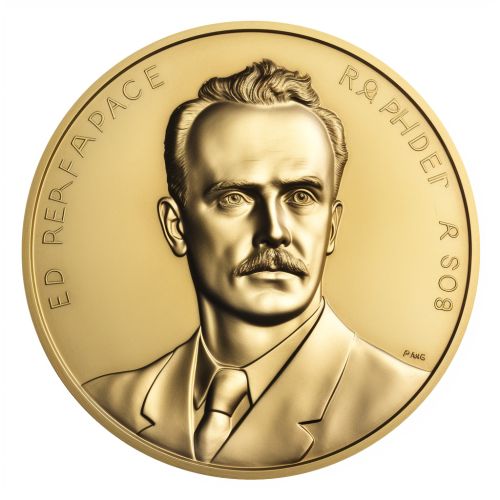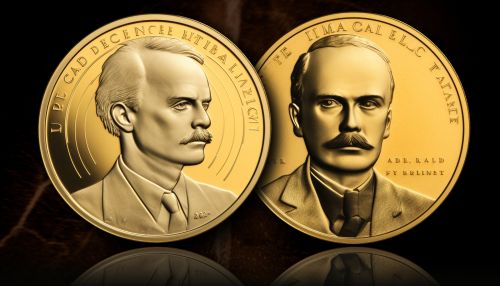Dirac Medal
Overview
The Dirac Medal is an accolade awarded annually by the International Centre for Theoretical Physics (ICTP) in recognition of significant contributions to theoretical physics. Named after the eminent physicist Paul Dirac, the medal is one of the highest honors in the field of theoretical physics.


History
The Dirac Medal was established in 1985 by the ICTP to commemorate the scientific contributions of Paul Dirac, a British physicist known for his pioneering work in quantum mechanics and quantum electrodynamics. The medal is awarded annually on August 8, the birth anniversary of Dirac, to individuals who have made significant advancements in theoretical physics.
Award Process
The selection process for the Dirac Medal is rigorous and highly competitive. A committee of distinguished physicists, appointed by the ICTP, reviews nominations and selects the laureates based on their contributions to the field of theoretical physics. The award is not limited to any specific area of theoretical physics, allowing for a broad range of research topics to be recognized.
Significance
The Dirac Medal is considered one of the most prestigious awards in the field of theoretical physics. It recognizes the outstanding contributions of physicists to the advancement of theoretical physics, a field that has significantly shaped our understanding of the universe. The award is a testament to the enduring legacy of Paul Dirac and his groundbreaking work in quantum mechanics.
Notable Laureates
Over the years, the Dirac Medal has been awarded to many eminent physicists who have made significant contributions to theoretical physics. These include Edward Witten, a leading figure in string theory, Roger Penrose, known for his work in general relativity, and Stephen Hawking, renowned for his research in black holes.
